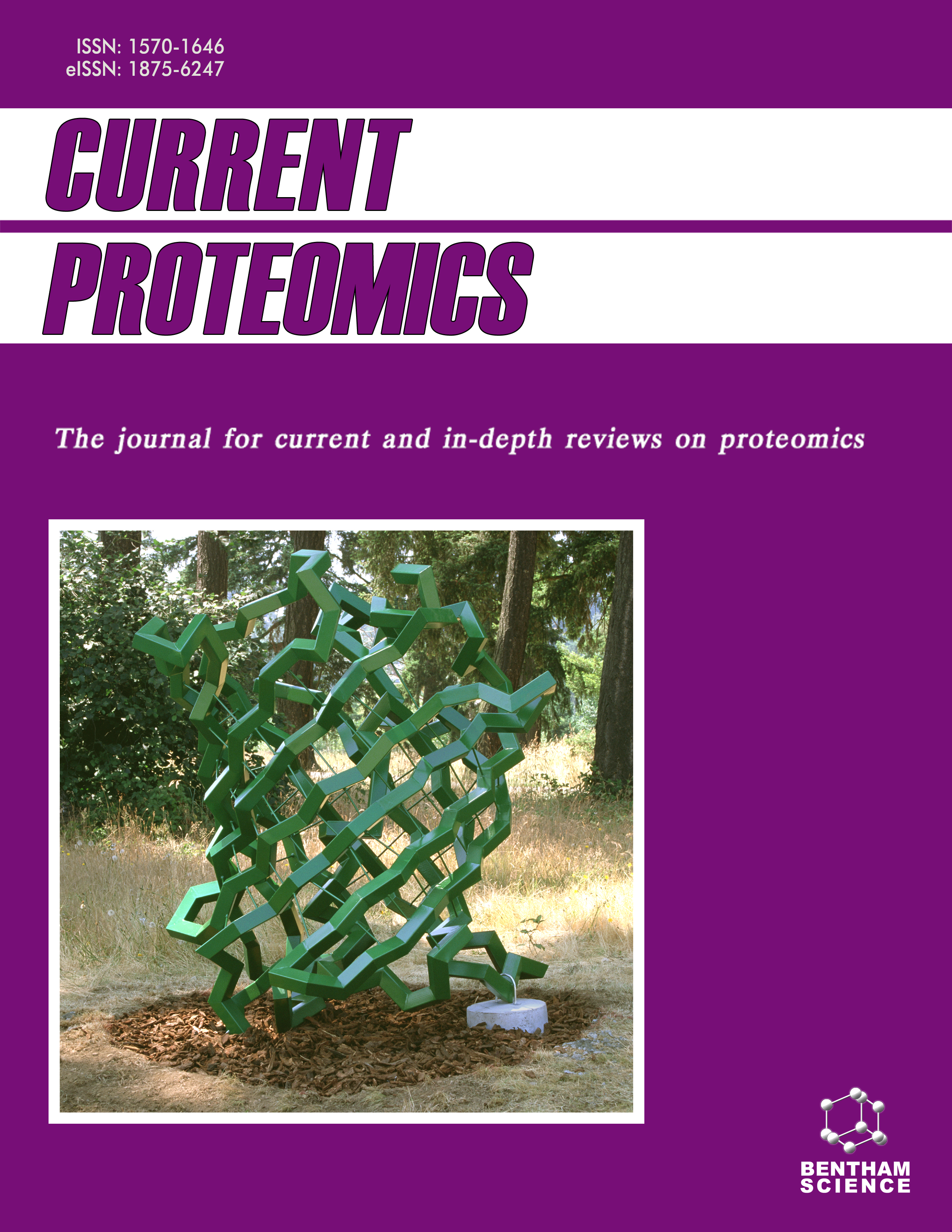-
s Comparative Proteomic Analysis of Hydrogen Peroxide-Induced Protein Expression in Streptococcus pneumoniae D39
- Source: Current Proteomics, Volume 18, Issue 5, Oct 2021, p. 680 - 694
-
- 01 Oct 2021
Abstract
Background: Streptococcus pneumoniaeis a leading cause of human respiratory tract infection. Despite the lack of activities of antioxidative enzymes, including cytochromes, hemoproteins, and peroxidases/catalases, traits conferring the aerotolerant-anaerobic growth of this bacterium are conserved, with the high efficacy of antioxidative actions, in an oxygen-rich environment. Objective: Through proteome analysis, this study's intention was to evaluate differentially expressed proteins and/or gene products modeled in a highly virulent strain, S. pneumoniae D39, exogenously- treated with millimolar concentrations of H2O2. Methods: For two-dimensional gel electrophoresis (2-DE) analysis, following one dimensional isoelectric focusing with an immobilized pH gradient of pH 4-7, the most significantly mobilized proteins expressed were separated by SDS-PAGE in the second dimension. With a total of 431 protein spots detected, certain proteins were excised, in-gel trypsin digested, and analyzed by combination with MALDI-TOF and LC-ESI-MS/MS for mass spectrometric peptide mapping and protein identification. Utilizing mass spectrometry analysis of spots excised from 2-DE, the selected protein spots were identified with a variety of databases and MASCOT. Results: With the aid of comparisons to proteome reference maps, the most differentially expressed 38 proteins, those with approximately 1.4-fold or more increase and/or decrease or with multiple isoforms exhibiting variable pI values, were induced by treatment of exogenous 2 mM H2O2.The identified proteins were seen to be involved in pneumococcal pathogenesis and primary metabolism, amongst others. Conclusion: This is the first study to convincingly document proteomic information associated with pathophysiological adaptation under the given oxidative conditions, and corresponding potential antioxidative mechanisms, in S. pneumoniae.


